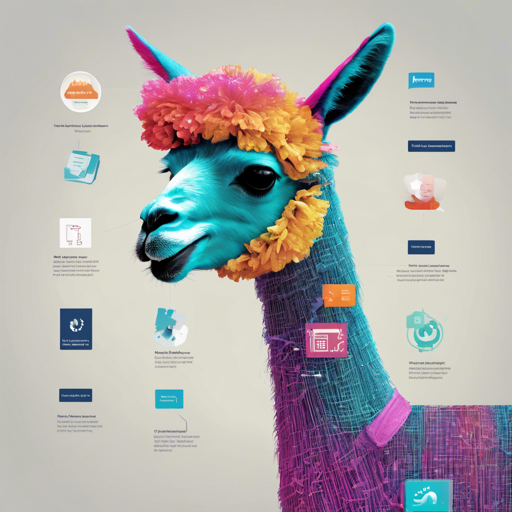Llama 3.1 Swallow is a powerful suite of language models designed for both Japanese and English text. With the ability to continuously learn and improve through access to vast datasets, this model enhances understanding and generation in multiple languages. In this article, we will walk you through how to set up and use the Llama 3.1 Swallow models effectively.
Getting Started with Installation
To leverage Llama 3.1 Swallow, you will need to install the necessary Python packages. Here are the steps:
- Start by installing the required library:
pip install vllmfrom transformers import AutoTokenizer
from vllm import LLM, SamplingParamsInitial Setup
Next, you’ll need to load the tokenizer and model:
model_name = 'tokyotech-llm/Llama-3.1-Swallow-70B-Instruct-v0.1'
tokenizer = AutoTokenizer.from_pretrained(model_name)
llm = LLM(model=model_name, tensor_parallel_size=4)Generating Text with Llama 3.1 Swallow
Once the model is loaded, you can generate text by providing prompts. Here’s how:
sampling_params = SamplingParams(
temperature=0.6, top_p=0.9, max_tokens=512, stop=eot_id)
message = [{
'role': 'system',
'content': '',
}, {
'role': 'user',
'content': '',
}]
prompt = tokenizer.apply_chat_template(message, tokenize=False, add_generation_prompt=True)
output = llm.generate(prompt, sampling_params)
print(output[0].outputs[0].text)This code integrates a conversational setup, allowing you to interact with the model as if it were a chat application.
An Analogy for Better Understanding
Imagine Llama 3.1 Swallow as an incredibly learned chef in a bustling restaurant. This chef has access to a giant library of cookbooks (datasets) and is trained to enhance their culinary skills continuously. Just like a chef can whip up delightful dishes using various spices and ingredients, Llama 3.1 Swallow leverages its extensive training to generate and refine meaningful text in both Japanese and English.
When you provide the chef with a recipe (prompt), they skillfully combine the right ingredients (tokens) and adjust elements like spice levels (temperature and top_p) to create a perfect dish (output text), tailored to your taste (user specifications).
Troubleshooting Common Issues
Here are some common issues you might encounter while using Llama 3.1 Swallow along with tips to resolve them:
- Environment Not Set Up Correctly: Ensure all dependencies are installed by reviewing the installation steps.
- Model Not Loading: Double-check that the model name and paths are correct. Misnaming can cause loading failures.
- Error During Text Generation: Check input formats and the presence of required parameters. They must perfectly match the expected format.
For more insights, updates, or to collaborate on AI development projects, stay connected with fxis.ai.
Conclusion
At fxis.ai, we believe that such advancements are crucial for the future of AI, as they enable more comprehensive and effective solutions. Our team is continually exploring new methodologies to push the envelope in artificial intelligence, ensuring that our clients benefit from the latest technological innovations.

